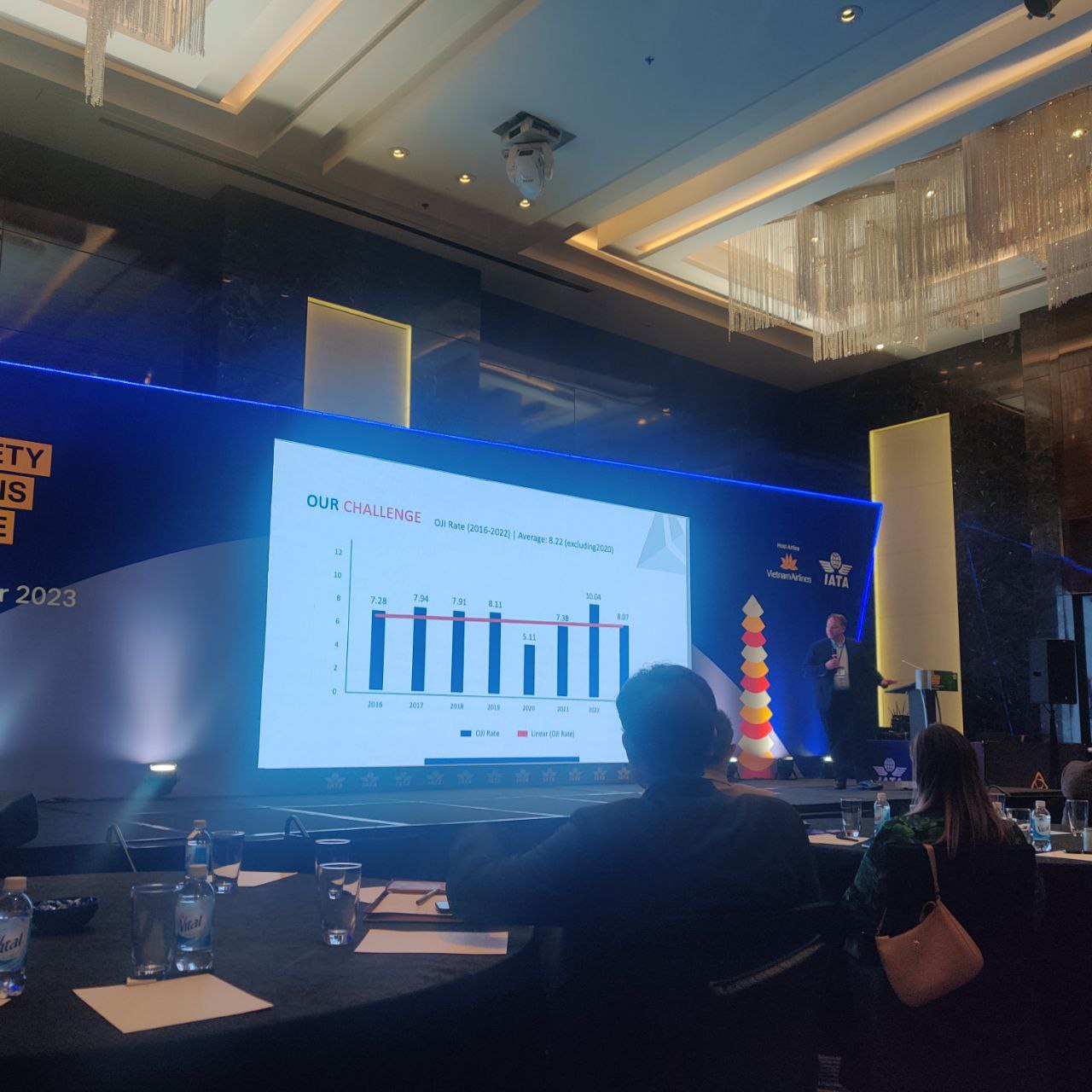Iata World Safety And Operations Conference

The aviation industry is at a critical juncture, balancing unprecedented passenger demand with escalating safety concerns and the urgent need for sustainable operations. Held recently, the IATA World Safety and Operations Conference became a pivotal forum for addressing these complex challenges, bringing together airlines, manufacturers, regulators, and other stakeholders to chart a course towards a safer and more resilient future.
This conference served as a crucial platform to dissect emerging safety risks, analyze operational inefficiencies, and explore innovative solutions that can transform the aviation landscape. Discussions ranged from mitigating runway incursions and enhancing pilot training to embracing new technologies and achieving net-zero emissions. The outcomes of this gathering are poised to significantly influence the trajectory of air travel in the years to come.
Key Themes and Discussions
The conference agenda was structured around several core themes, reflecting the most pressing issues facing the industry. These included enhancing safety culture, improving operational efficiency, fostering technological innovation, and advancing sustainability initiatives.
Safety Culture Enhancement
One of the recurring topics was the importance of a robust safety culture within airlines and related organizations. Speakers emphasized the need for transparent reporting systems, where employees feel empowered to report potential hazards without fear of reprisal.
According to IATA's latest safety report, a strong safety culture correlates directly with a reduction in accident rates. The focus is now on fostering an environment of continuous improvement, where lessons learned from incidents and near-misses are effectively integrated into training programs and operational procedures.
Operational Efficiency
With air travel rebounding strongly after the pandemic, airlines are under immense pressure to optimize their operations and reduce delays. Discussions centered on leveraging data analytics to improve flight planning, enhance aircraft maintenance scheduling, and streamline ground operations.
The implementation of advanced air traffic management systems, such as the Single European Sky ATM Research (SESAR) project, was also highlighted as a key factor in boosting operational efficiency and reducing fuel consumption.
Technological Innovation
The conference showcased a range of cutting-edge technologies that are transforming the aviation industry. From autonomous aircraft and drone technology to artificial intelligence (AI) and machine learning, these innovations hold the potential to revolutionize various aspects of air travel.
For example, AI-powered predictive maintenance systems can anticipate potential equipment failures, reducing downtime and improving safety. Virtual reality (VR) and augmented reality (AR) are also being used to enhance pilot training and improve maintenance procedures.
Sustainability Initiatives
A significant portion of the conference was dedicated to addressing the aviation industry's environmental impact. With growing pressure to reduce carbon emissions, airlines are exploring a variety of sustainable solutions, including the use of sustainable aviation fuels (SAF), the development of more fuel-efficient aircraft, and the implementation of carbon offsetting programs.
IATA has set a goal of achieving net-zero carbon emissions by 2050, and the conference served as a platform to discuss the steps necessary to achieve this ambitious target. Collaboration between airlines, manufacturers, and governments is crucial to accelerate the development and deployment of sustainable aviation technologies.
Runway Incursions: A Critical Safety Concern
Runway incursions emerged as a particularly pressing safety concern during the conference. Several presentations highlighted the increasing number of incidents where aircraft, vehicles, or personnel mistakenly enter an active runway, posing a serious risk of collision.
According to data from the Federal Aviation Administration (FAA), runway incursions have been on the rise in recent years, prompting calls for enhanced safety measures. The conference addressed the various factors contributing to these incidents, including communication breakdowns, inadequate signage, and human error.
Proposed solutions included the implementation of advanced surveillance systems, enhanced training for air traffic controllers and pilots, and improved airport layout and markings. The emphasis was on creating a multi-layered approach to prevent runway incursions and mitigate the consequences of such incidents.
Pilot Training and Competency
The conference also addressed the evolving needs of pilot training and competency assessment. With the introduction of new aircraft technologies and the increasing complexity of air traffic management systems, pilots must possess a wider range of skills and knowledge.
Speakers emphasized the importance of competency-based training, which focuses on ensuring that pilots can demonstrate the required skills and knowledge in real-world scenarios. The use of flight simulators and other advanced training tools was also highlighted as a key factor in preparing pilots for the challenges of modern aviation.
Furthermore, discussions revolved around addressing the global pilot shortage and attracting a diverse pool of talent to the aviation industry. Initiatives to promote aviation careers and provide financial assistance to aspiring pilots were also explored.
The Role of Regulation and Collaboration
The conference underscored the critical role of regulation and collaboration in ensuring the safety and sustainability of the aviation industry. Effective regulation is essential to establish and enforce safety standards, while collaboration between airlines, manufacturers, and regulators is crucial to address emerging challenges and implement innovative solutions.
Willie Walsh, IATA’s Director General, emphasized the need for a harmonized regulatory framework that promotes safety and innovation while avoiding unnecessary burdens on the industry. He also called for greater collaboration between stakeholders to accelerate the development and deployment of sustainable aviation technologies.
Looking Ahead: Challenges and Opportunities
The IATA World Safety and Operations Conference highlighted the significant challenges and opportunities facing the aviation industry. While the industry has made significant strides in improving safety and efficiency over the years, new risks and challenges are constantly emerging.
Looking ahead, the aviation industry must continue to prioritize safety, invest in innovation, and embrace sustainable practices to ensure its long-term viability. By fostering a culture of continuous improvement and collaboration, the industry can overcome these challenges and continue to connect people and businesses around the world safely and efficiently.
The discussions and insights gained at the conference are expected to shape the industry's agenda in the coming years, guiding efforts to enhance safety, improve operational efficiency, and achieve a more sustainable future for air travel. The path forward requires a concerted effort from all stakeholders, working together to build a safer, more resilient, and more sustainable aviation industry for generations to come.
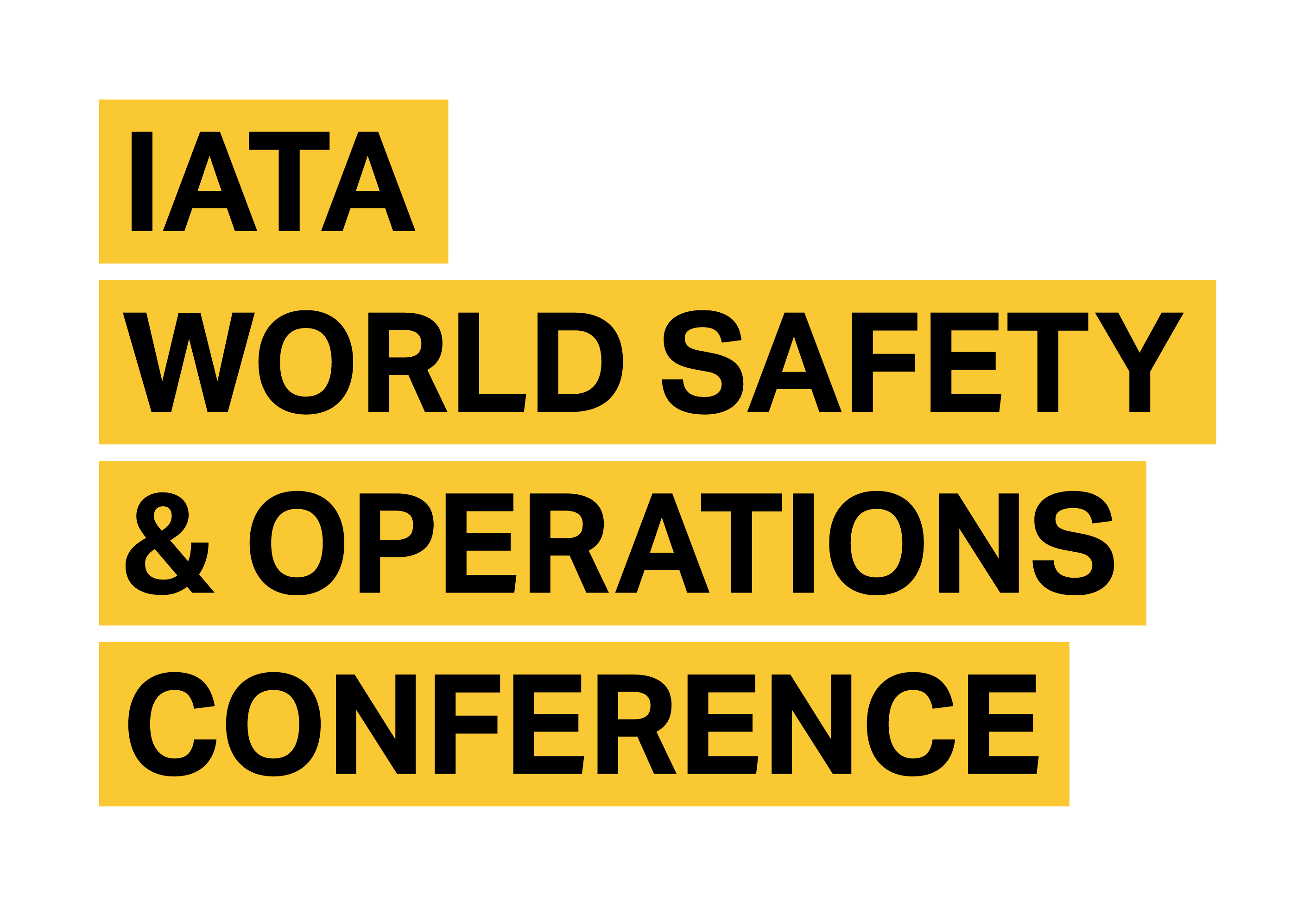

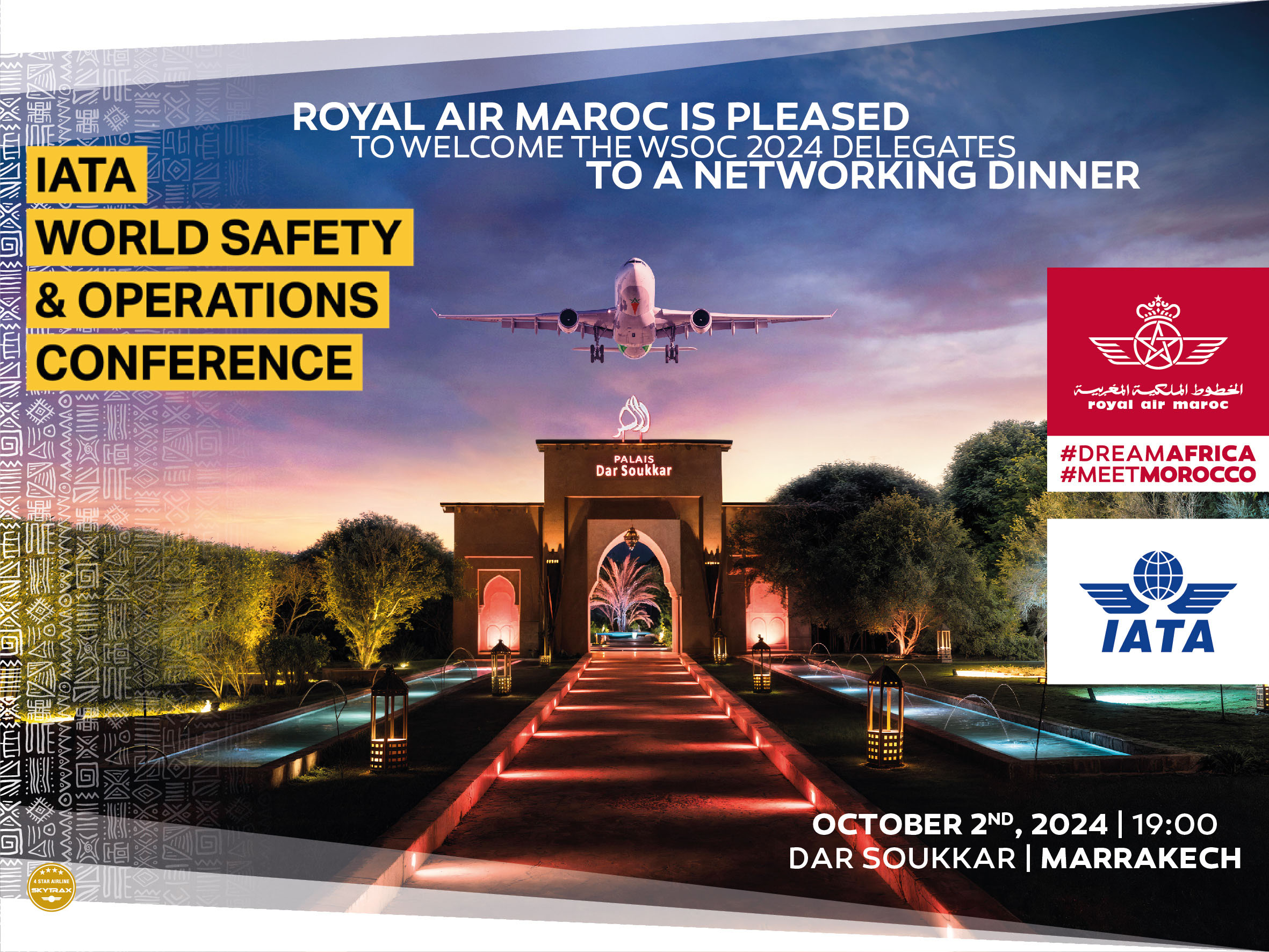





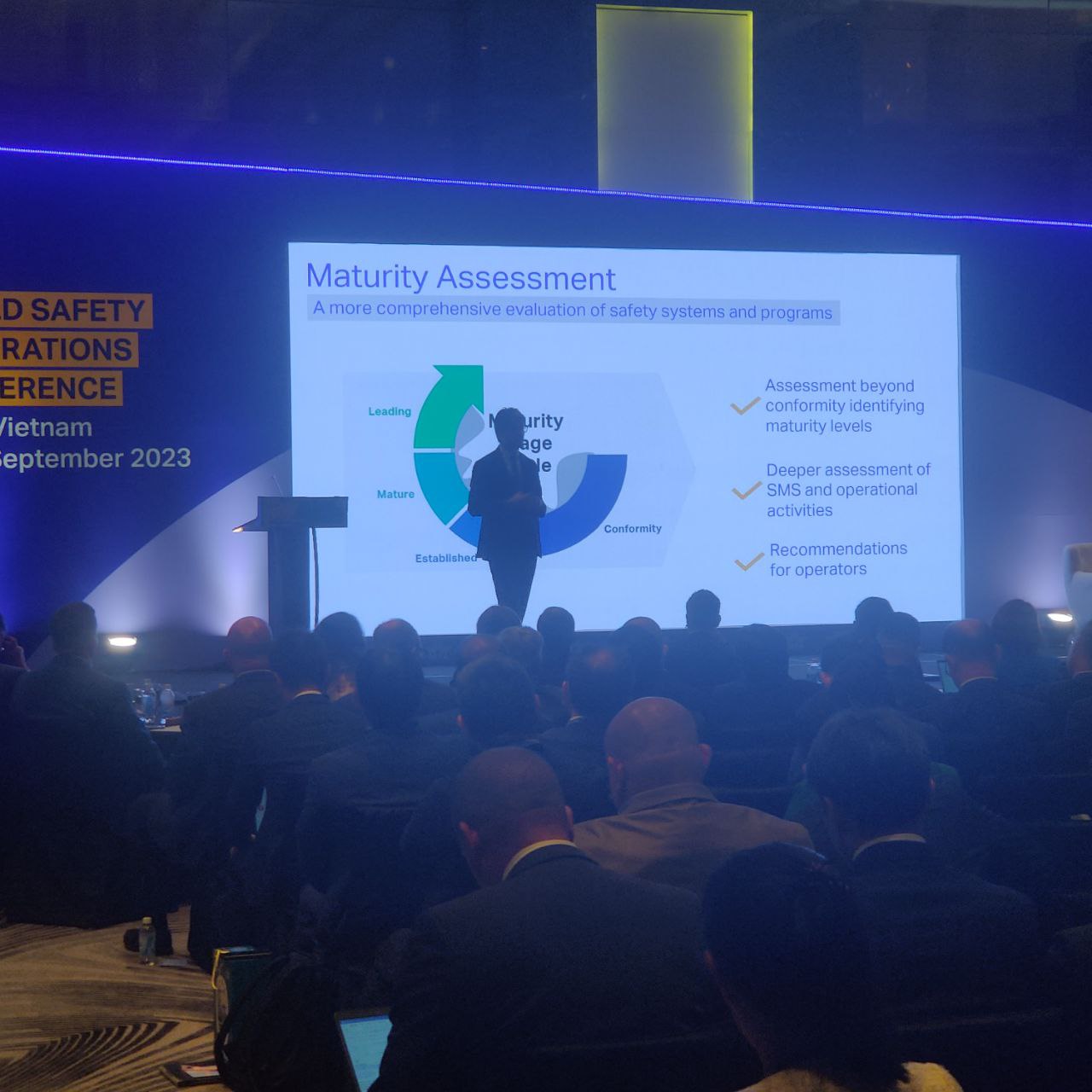



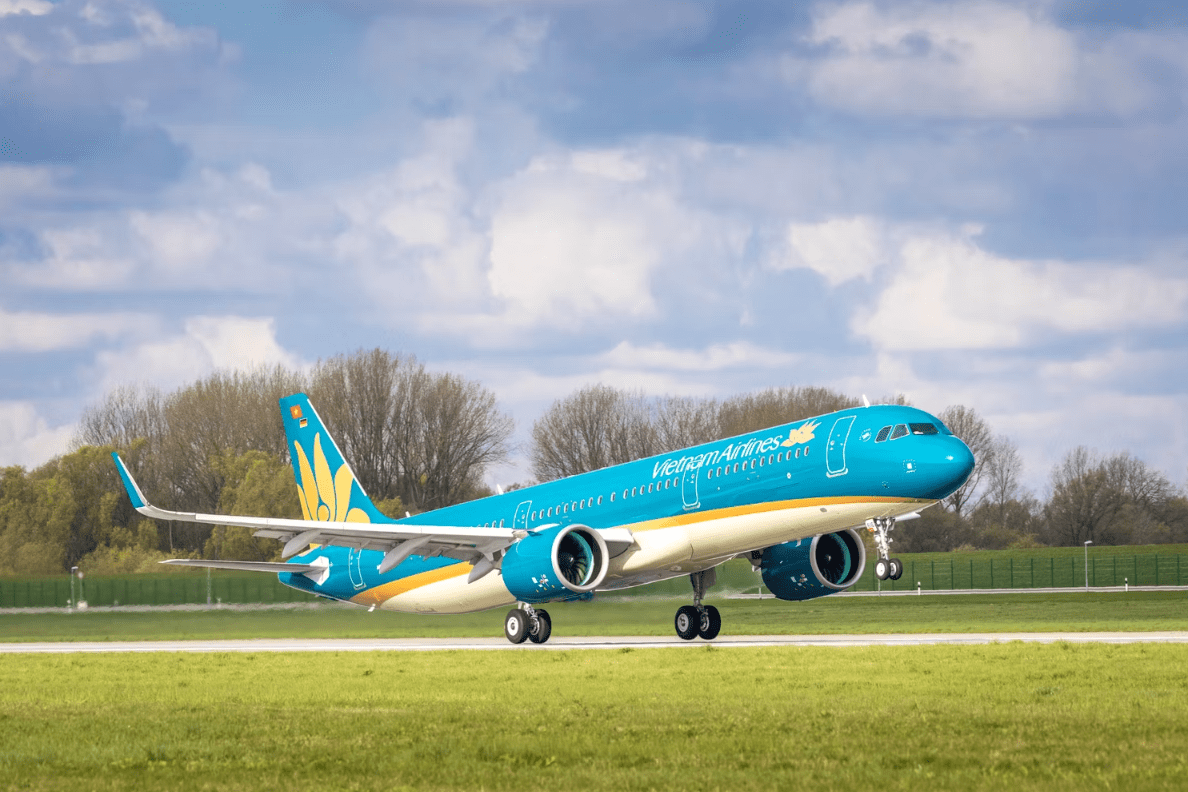

![Iata World Safety And Operations Conference Welcome [livebyglevents.key4register.com]](https://livebyglevents.key4register.com/key4register/images/client/204_top.jpg)

